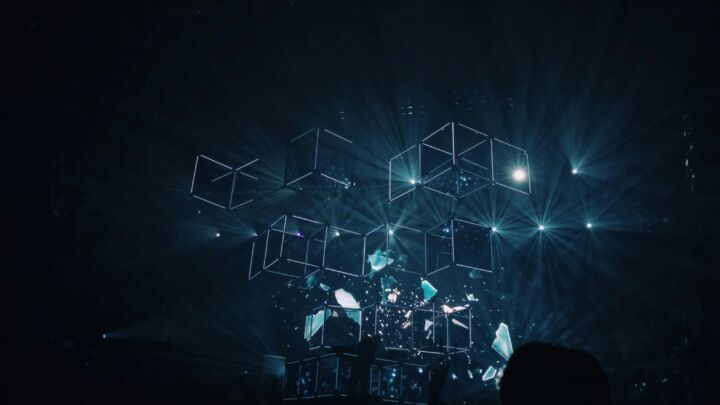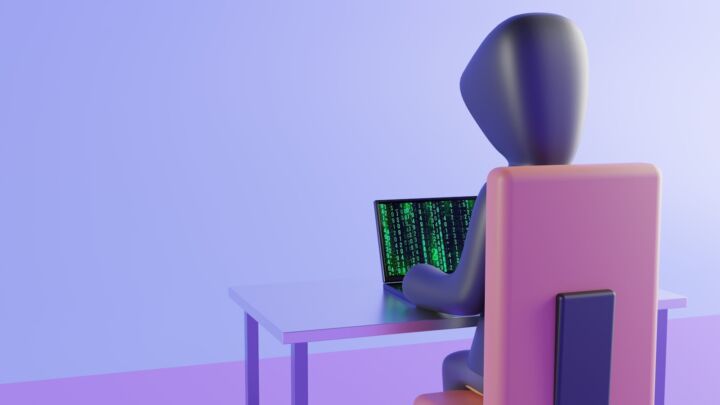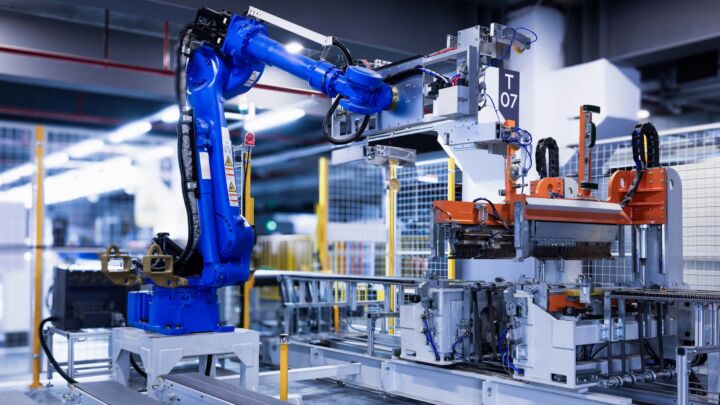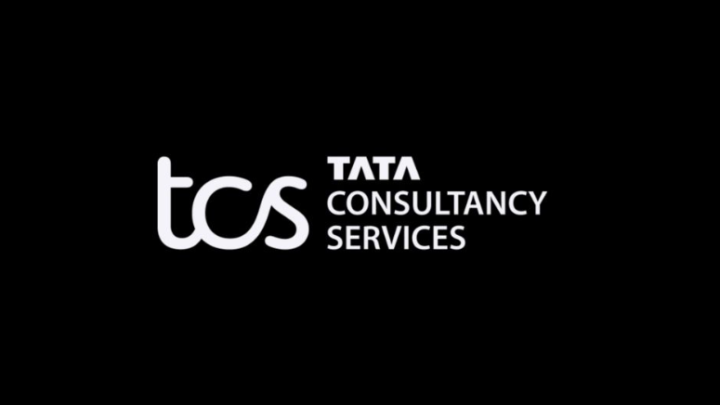TNGlobal Insider
TNGlobal Insider,AI,Opinion,Singapore
Empowering Singapore’s SMBs to build an AI-ready IT foundation for growth
Singapore’s SMBs are at a pivotal moment. The question is no longer whether to embrace AI, but how to build the foundation that makes its adoption practical, scalable, and impactful. By simplifying modernization, strengthening resilience, and adopting flexible consumption models, SMBs can move confidently toward an AI-ready future.
December 12, 2025
TNGlobal Insider,Opinion,Philippines
Navigating power resilience amidst the Philippipnes’ energy transition
Ultimately, the Philippines faces a complex challenge: meeting ever-increasing energy demands, driven partly by global warming and rapid urbanization, while simultaneously integrating more renewable energy sources.
December 11, 2025
Will AI help close the global cybersecurity skills gap?
Innovations in AI and machine learning can support the global cybersecurity workforce by providing advanced insights and automating security tasks. However, they also have the potential to lower human critical thinking and aid cybercriminals in developing more sophisticated attack methods. Tech innovators and business owners must consider both the potential…
December 11, 2025
How engineering teams keep pace with continuous models
Scaling AI systems beyond initial prototypes presents engineering teams with profound architectural challenges, primarily stemming from the inherent data dependency and subsequent decay of models. MLOps represents the specialized culture and established practices designed to unify the development of ML applications with system deployment and ongoing…
December 10, 2025
TNGlobal Insider,Opinion,Blockchain / Crypto
Crypto in 2025: A climate change
As 2025 comes to an end, next year looks promising for the crypto industry. The combination of continuing improvements in global regulation, long-term investment visions, and exciting DeFi innovations at the crossroads with TradFi participants all showcase a maturing industry that makes huge leaps in progress every year.
December 8, 2025
TNGlobal Insider,Sustainability,Opinion
Sustainable refrigeration in 2025: Cooling smarter for a greener future
The future of cooling will be defined by balance; keeping the world comfortable while keeping it green. And that, perhaps, is the smartest way to stay cool in a warming world.
December 1, 2025
TNGlobal Insider,EdTech,Cybersecurity,Opinion
Cybersecurity foundations: A strategic addition to university curricula
Cyberthreats aren’t slowing down, and in this environment, by implementing cybersecurity programs, universities help their students resist emerging digital risks, get forward-thinking education, and the skills needed to succeed in all industries.
November 28, 2025
TNGlobal Insider,AI,Singapore,Opinion
Beyond AI: The quantum era has begun
The quantum era is not defined by dramatic breakthroughs alone. It is emerging through careful engineering, long-term investment, and collaboration between scientists, engineers, and policy leaders. As with AI, meaningful progress will come from responsible development and practical integration, not spectacle.
November 27, 2025
How precision sorting is changing the way the supply chain moves goods
Precision sorting enables supply chains to achieve the speed, accuracy and efficiency that today’s markets demand. It reduces errors, cuts delays and supports sustainability by lowering waste and energy use. Businesses utilizing this technology can respond more quickly, operate more efficiently and deliver superior service.
November 25, 2025
TNGlobal Insider,AI,Singapore,Opinion
As Singaporeans live longer and healthier, our careers must too
Career health is becoming one of Singapore’s most important competitive determinants. More than employment stability, it reflects a worker’s ability to remain employable, adaptable, and upwardly progressing across a lifetime of technological and economic change. At its core is mobility - the capacity to shift across roles, adopt new tools, and reinvent…
November 24, 2025
Vietnam’s Saladin raises Series A round led by SBI Ven Capital
December 12, 2025
FPT and SCSK launch JV to address legacy system challenges
December 12, 2025
Validus secures $30M in Series D investment led by Khazanah
December 12, 2025
Vietnam’s Saladin raises Series A round led by SBI Ven Capital
December 12, 2025
FPT and SCSK launch JV to address legacy system challenges
December 12, 2025
Validus secures $30M in Series D investment led by Khazanah
December 12, 2025













